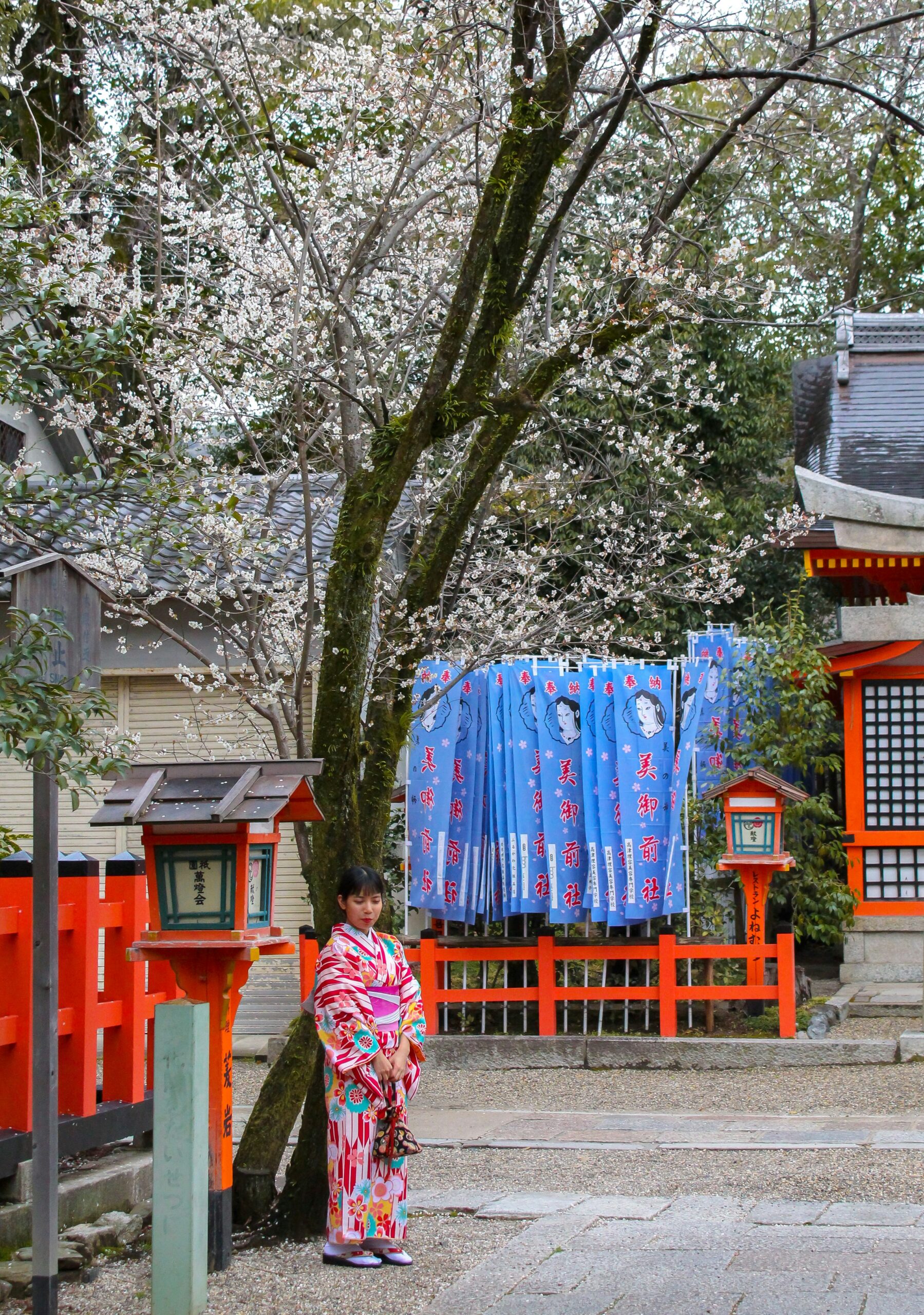Supposedly, Shinto adherents share the following systemic beliefs, which form the core beliefs that are generally agreed upon.
Shinto, often described as the indigenous faith of Japan, is more a system of rituals and practices rooted in ancient traditions and beliefs rather than a codified religious doctrine with a unified set of theological beliefs. It centers around the worship of kami, which can be gods, spirits of nature, or ancestors that have become deified. Here are some of the central principles and characteristics of Shinto:
Kami (Spirits)
1. Respect and veneration of kami: The kami are central to Shinto worship. They reside in natural elements like rocks, trees, rivers, and mountains, but they can also encompass ancestral spirits and national heroes. Recognizing and respecting the presence of kami in everyday life is fundamental.
Purity and Pollution
2. Purity (kegare): Purity is a vital aspect of Shinto. Ritual cleanliness is necessary to maintain both spiritual and physical health. Practices such as Misogi (purification rituals using water) and Harai (purification and cleansing prayers or rituals) are employed regularly to rid worshippers and sacred spaces of pollution and impurity.
Rituals and Offerings
3. Importance of rituals and offerings: Rituals, ceremonies, and festivals are crucial in Shinto for maintaining the connection between kami and humans. Offerings of food, sake, and other goods are common, and rituals are performed to communicate with the kami, including prayers and dances.
Shrines
4. Shrines (jinja): Shrines are the places of worship in Shinto, acting as homes on earth for the kami. Each shrine is dedicated to specific kami, and the torii gate at the entrance symbolically marks the transition from the mundane to the sacred.
Harmony with Nature
5. Harmony with nature: Shinto beliefs emphasize living in harmony with nature. The natural world is sacred, imbued with kami, and must be treated with reverence and care. This respect for nature influences various cultural practices, such as the celebration of the changing seasons.
Matsuri (Festivals)
6. Matsuri: These are the festivals central to Shinto practice, celebrating various events in the agricultural calendar, historical events, or honoring specific kami. Matsuri are times of community gathering, joy, and entertainment, as well as religious observance.
Community and Tradition
7. Community and tradition: Shinto practices reinforce community cohesion and continuity of traditions. It is closely tied to Japanese nationalism and identity, often associated with major life events such as births, marriages, and certain annual celebrations.
No Founder or Sacred Texts
8. Absence of a single founder or sacred scripture: Unlike many religions, Shinto does not have a recognized founder nor does it have a sacred scripture like the Bible or Quran. Instead, texts such as the Kojiki (Record of Ancient Matters) and Nihon Shoki (Chronicles of Japan) contain myths and histories that provide background to many Shinto beliefs and practices.
These principles make Shinto a deeply ingrained component of Japanese culture, affecting everything from daily routines to national festivals and life milestone ceremonies. Your mileage may vary.


